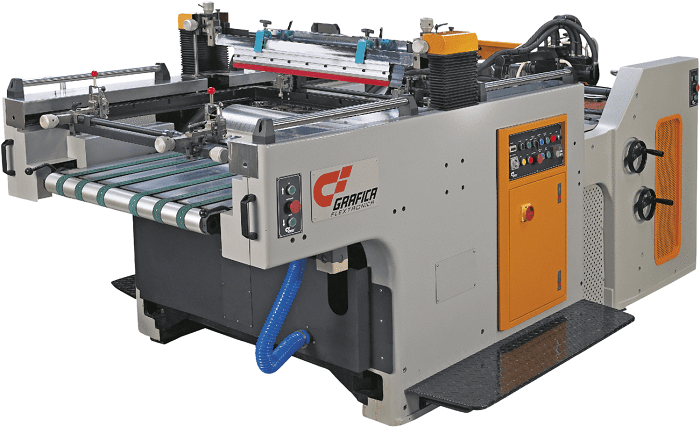Who invented the printing press?
In the 3rd century, the Tang Dynasty of China used a method to print ink on paper using block printing. The process was simple, and the carved wooden blocks were utilized to press ink over paper sheets. However, this was a slow process, and to faster it, a Goldsmith from Germany in the 15th century (1440AD) named Johannes Guttenburg brought a revolution and invented a faster technology for printing. His invention marked his place in history for creating the machine that was much helpful in producing more and more books for the first time in record.

Before Guttenberg's invention, the books were photocopied through hands, or the wooden blocks printing method was used. Unfortunately, these both were too slow, and extra labor was needed and wasn't accessible for everyone due to its hefty prices.
Why Guttenberg invented the printing press
The development of the printing press flourished more in Europe in comparison with China. It is believed that this can be the ramifications of the complex writing manner of the Asians; in contrast, the western languages contain more short alphabets.
This has to be marked that in Europe, the primordial printing press existed during the late 14th and early 15th centuries and was seemingly similar to the woodblock printing in China and was called xylography. The techniques used in this was same as it was used for "The Diamond Sutra."
- But on the other hand, Guttenberg wants to the revolutionary changes worldwide. While he was working with xylography, he got the idea of creating something that makes printing more manageable and helps make a profit.
- His idea of unique atomization for transmitting ink from movable type to paper made him a more creative inventor from its former designers.
- He took the screw techniques from the wine, papermakers, and linen presses to establish a perfect system suitable for printing.
- His machine allowed the mass production of the books at a lower cost than the old printing method.
- Although nobody knows the reason behind his invention, making a profit from it is considered motivation.
Guttenberg Bible is the first-ever production book of Johannes Guttenberg. About 200 books were printed back then, but only 22 are available in the present times.
Chinese Printing Press
Six hundred years before the Guttenberg's press, the Chinese monks used to print ink on the paper sheets using wooden blocks. "The Diamond Sutra" in 868 AD was created under a cave near Dunhuang, China 1907, by the discoverer Sir Marc Aurel Stein. In the same way, these methods were flourished in Japan and Korea too, and the early books were created using wood or metal block and concerned with the Buddhist and Taoist accord.
- In the 11th century, the method was improved when the Chinese labor named Bi (Pi) Sheng discovered the first movable incarnation. His discovery is considered the first step toward the modern printing press.
- The potential for Buddhist and Taoist texts to be faster printed and in mass amounts was crucial for China and other neighboring countries to spread Buddhism across the region.
- Shen Kuo mentioned mobile form in his work "Dream Pool Essays" and described that the backed clay was used to form a mobile print. He also told his readers about the ink used, i.e., wax and paper ash and pine resin, and explained that it was a faster, systematic way of copying the documents. But it took few centuries to be adopted around China.
- In the 14th century, Wang Zhen, a Chinese government officer, discovered various forms in the Yuan Dynasty. His discovery improved Sheng's machine by using rotary tables to assist the pressroom in classifying and methods sculpted wooden blocks for printing systematically.
Importance of the Printing Press
- The printing press discovery is captivating and, in the long run, led to the contemporary world.
- The invention of the printing press is considered one of the most crucial discoveries of all time.
- The development of the printing press changed the scenario of the source of information in Europe endlessly.
- This was the quicker and cheaper way of information dissemination.
- It was the most significant improvement on the former processes like transmitting by hand through a pen and ink and scrubbing continuously to transmit the ink.
- In ancient times, this was used in printing texts, but not entirely, and its discovery reformed the book production and its dissemination worldwide.
- Due to its low price, the economically weaker section of the society was accessible to this latest and uncommon luxury material.
|

 For Videos Join Our Youtube Channel: Join Now
For Videos Join Our Youtube Channel: Join Now









